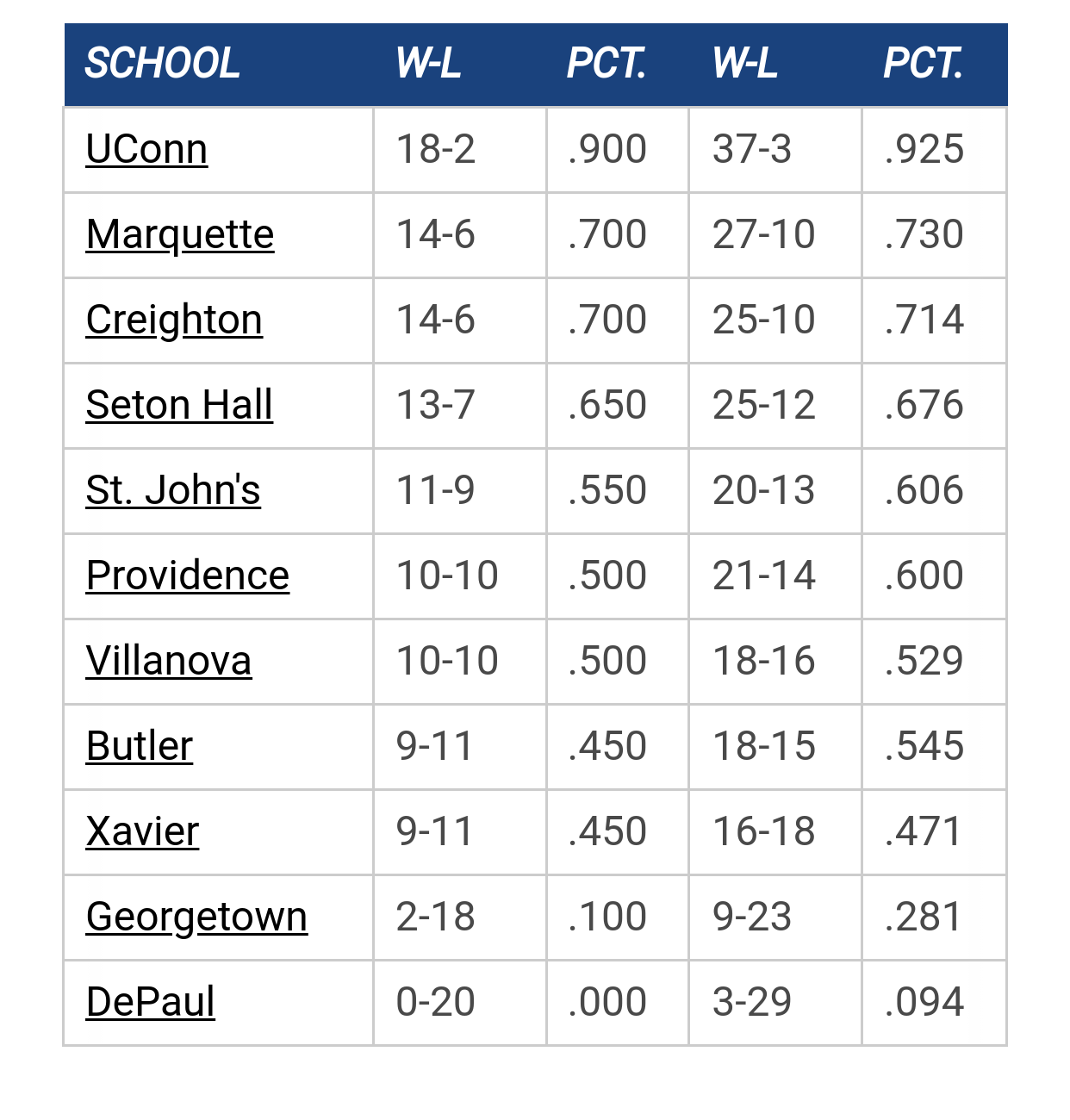- Welcome to MUScoop.
Big East Media Day by TallTitan34
[Today at 12:14:21 PM]
[Cracked Sidewalks] #5-Providence Preview by wadesworld
[Today at 12:08:36 PM]
Marquette NBA Thread by wadesworld
[Today at 11:59:20 AM]
NM by tower912
[Today at 08:37:02 AM]
[Cracked Sidewalks] #6-Georgetown Preview by pbiflyer
[Today at 08:25:06 AM]
2025-26 Schedule by MarquetteMike1977
[Today at 01:52:20 AM]
MUBB players reminisce about their first time... by Shaka Shart
[October 21, 2025, 10:53:55 PM]
[Today at 12:14:21 PM]
[Cracked Sidewalks] #5-Providence Preview by wadesworld
[Today at 12:08:36 PM]
Marquette NBA Thread by wadesworld
[Today at 11:59:20 AM]
NM by tower912
[Today at 08:37:02 AM]
[Cracked Sidewalks] #6-Georgetown Preview by pbiflyer
[Today at 08:25:06 AM]
2025-26 Schedule by MarquetteMike1977
[Today at 01:52:20 AM]
MUBB players reminisce about their first time... by Shaka Shart
[October 21, 2025, 10:53:55 PM]
The absolute only thing required for this FREE registration is a valid e-mail address. We keep all your information confidential and will NEVER give or sell it to anyone else.
Login to get rid of this box (and ads) , or signup NOW!
User actions


